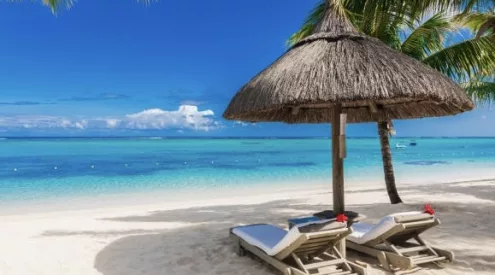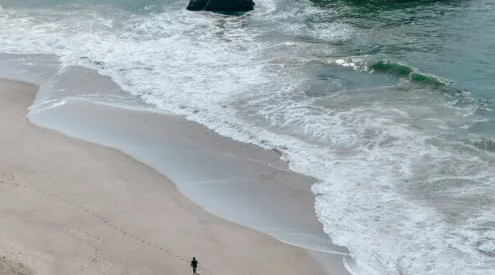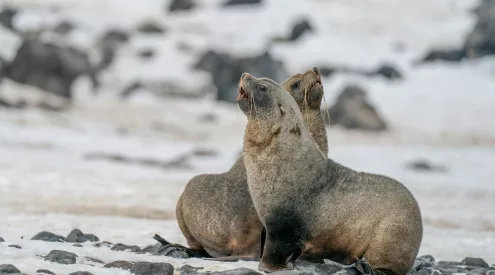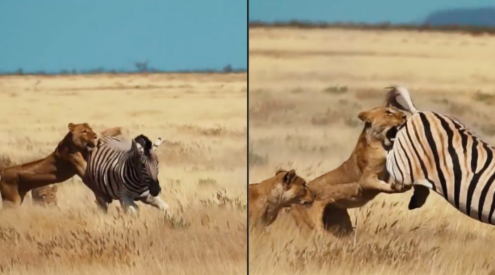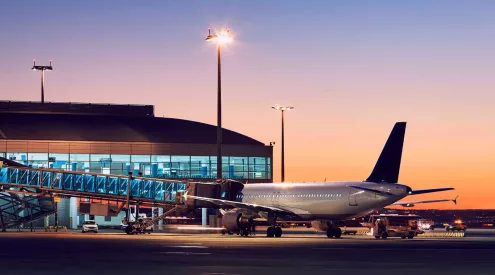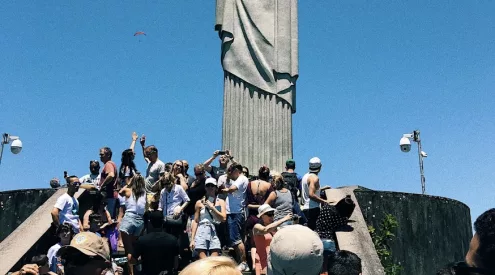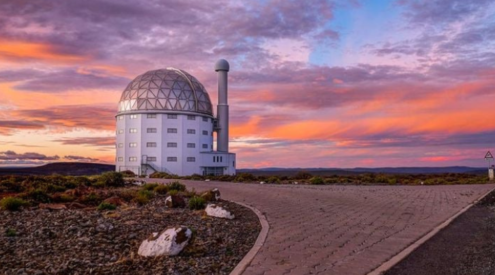Last week a low-pressure system formed over the South-West Indian Ocean, it intensified and tracked westward. The tropical disturbance moved inland where it caused massive flooding in the Kruger National Park. For the second time in just over ten years, the Kruger National Park experienced ‘once-in-one-hundred-years’ flooding.
The South African Weather service released the following statement on Wednesday last week: ‘Since nearly 48 hours ago, 120 and 270 millimeters (mm) were measured at Phalaborwa and Hoedspruit respectively, while Skukuza and the surrounding areas saw over 135mm. The down pours are a direct response to yesterday’s arrival of an extra-‐tropical depression onto the southern Mozambique by early Monday this week.’
SANParks issued warnings and closed various routes and areas (see below for full list, updated with latest openings) as they were no longer accessible due to flooding of roads, causeways and camps. Evacuations occurred at the Tinga Private Lodge and on the Sweni Wilderness Trail. On the Tuesday night, while on a game drive six tourists were trapped at a picnic site by the flooding and had to be airlifted to safety.
The latest floods did not cause as much damage as the 2000 floods because the last major flooding in 2000 caused long-term damage to the river banks. This prevented blockages and dams being formed by floating detritus which causes lateral flooding. This lateral flooding was one of the major causes of destruction in the floods twelve years ago.
The 2000 flood was described as an ‘once-in-one-hundred-years’ event and unlikely to occur again any time soon by the Kruger Park website, but they admitted that due to the particular characteristics of the rivers in the Kruger flooding was unpredictable. In an interview in the PE Herald, after she had been rescued from her farmhouse near Hoedspruit, Liza De Vente said that the water had already been two-metres higher than the 2000 floods.
At the nearby weather station close to the Kruger Park gates, they measured 267mm of rain in 24 hours from Tuesday to Wednesday morning. Another 100 mm of rain fell in a six-hour period later on Wednesday, and at Tanda Tula in the Timbavati, they reported over 400mm of rain since Monday.
The tropical disturbance has dissipated, and the flooded rivers seem to be subsiding.
Many commentators have expressed concern over the fate of the animals in the Kruger Park affected by the flooding. Animals that are habituated to water such as hippos and crocodiles will usually move away from the flooding area, heading up the banks and away from the river. In cases where they are caught by the flooding water, they are relatively safe and will float along with the water. This causes some redistribution of the animal populations as they are swept downriver.
The following routes and areas are not accessible at the moment and have been temporarily closed:
(Updated 23 January 2012 – visit sanparks website forlatest information)
Camps
Tshokwane Picnic Site: Serious flood damage and closed.
Balule: Camp closed.
Talamati: Camp closed.
Biyamiti: Camp closed
Tamboti: Camp closed – extensively damaged
Roodewal: Camp closed
Picnic Spots
Tshokwane: Serious flood damage and closed completely.
Nkuhlu:Open and functional – damage to lower levels.
Letaba Day Visitors Site: Closed.
Makhadzi:Closed.
Nhlanguleni: Closed.
Muzandzeni:Closed.
Mlondozi:Closed.
Timbavati:Closed.
Access roads inside the park
Olifants River causeway at Balule is still closed.
Tshokwane to Lower Sabie is closed (due to causeway over Sabie River below camp being flooded – Lower Sabie can be accessed from Skukuza side)
Pretoriuskop to Skukuza – is closed (causeway at Transport Dam and Delaporte Waterhole washed away)
All gravel roads south of Letaba River(except S3 connecting Phabeni and Numbi gates) are still closed and will be reopened as they dry.
Click here for more photos of the flooding
If you have any photos of the floods, or stories to tell, please share them with us on our Facebook page.


